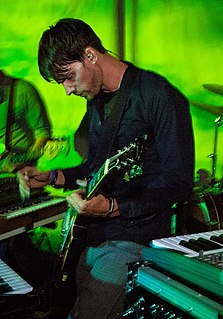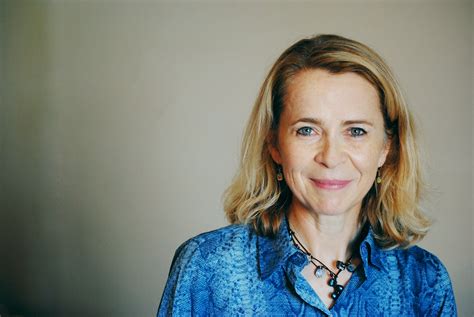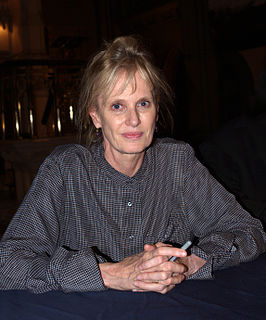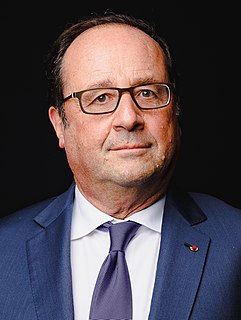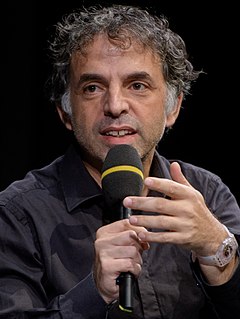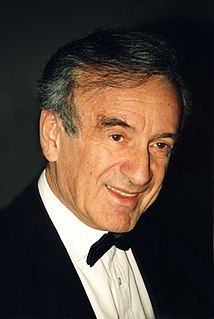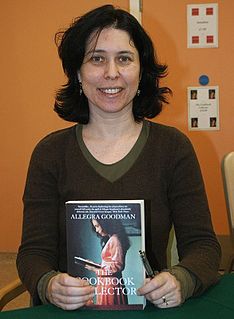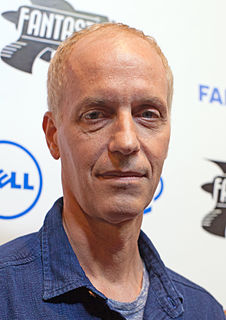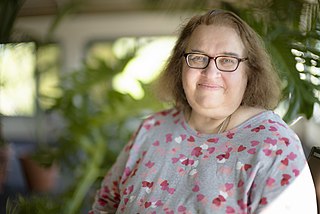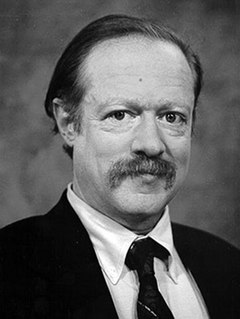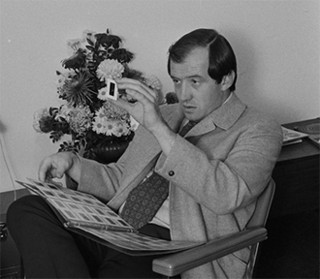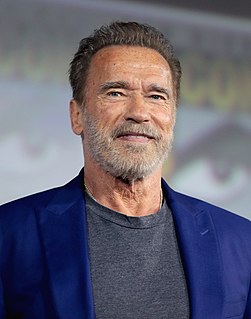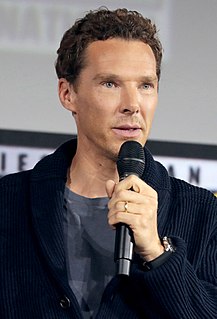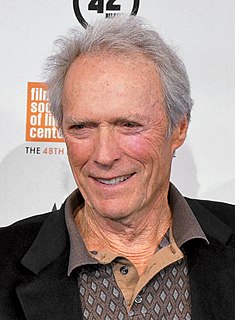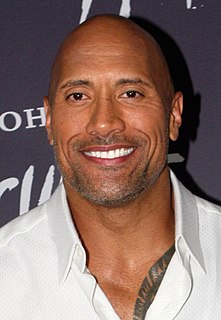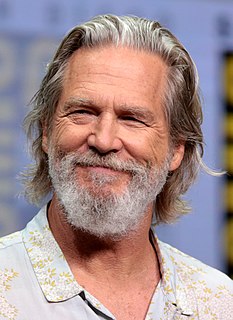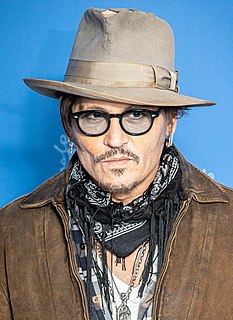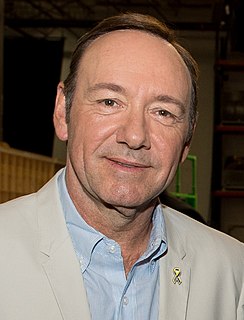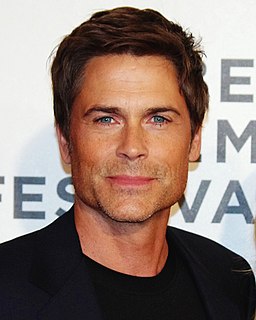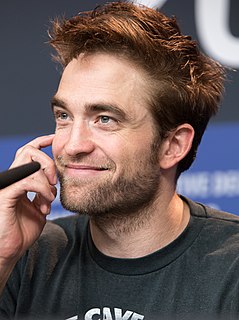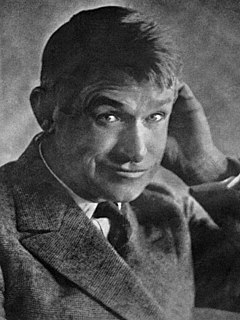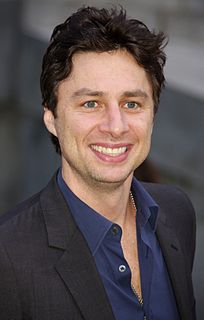A Quote by Michael Bell
Visual journaling allows us to access our inner language of imagery and express it both verbally and visually, while exploring the connection between image and word.
Related Quotes
Why the connection with musicians? I think it's because in the end we're doing very similar things - we're telling stories, we're using poetic, lyrical language, and we're distilling stories down into their simplest form. We're both telling a story in two languages - word and music for them; and word and image for me.
I'm a visual thinker, so I think of everything visually, first. A lot of what an issue will become for me starts with me thinking, "What's a great cover?," or "What's the splash image?," or "What is the title of the issue? How do I see the text?" I think about all of that stuff, and then the story comes out of that imagery.
What happens when you speak colloquial Hebrew is you switch between registers all the time. So in a typical sentence, three words are biblical, one word is Russian, and one word is Yiddish. This kind of connection between very high language and very low language is very natural, people use it all the time.
Advertizing, television and film all wield mighty powers to visually seduce us, while much fine art leaves us indifferent, confused or, at worst, repulsed. There is a desperate need for creative Christians to redeem the visual arena from both forms of excess, cutting through all the false glamour, tawdry baseness and dense obfuscation.
It's easy for us to feel separate from other people and from other forms of life, especially if we don't have a reliable connection to our own inner world. Without insight into our internal cycles of pleasure and pain, desires and fears, there is a strong sense of being removed, apart or disconnected. When we do have an understanding of our inner lives, it provides an intuitive opening, even without words, to the ties that exist between ourselves and others.
Sexuality is primarily a means of communicating with other people, a way of talking to them, of expressing our feelings about ourselves and them. It is essentially a language, a body language, in which one can express gentleness and affection, anger and resentment, superiority and dependence far more succinctly than would be possible verbally, where expressions are unavoidably abstract and often clumsy.
...There are issues worth advancing in images worth admiring; and the truth is never "plain," nor appearances ever "sincere." To try to make them so is to neutralize the primary, gorgeous eccentricity of imagery in Western culture since the Reformation: the fact that it cannot be trusted, that imagery is always presumed to be proposing something contestable and controversial. This is the sheer, ebullient, slithering, dangerous fun of it. No image is presumed inviolable in our dance hall of visual politics, and all images are potentially powerful.

